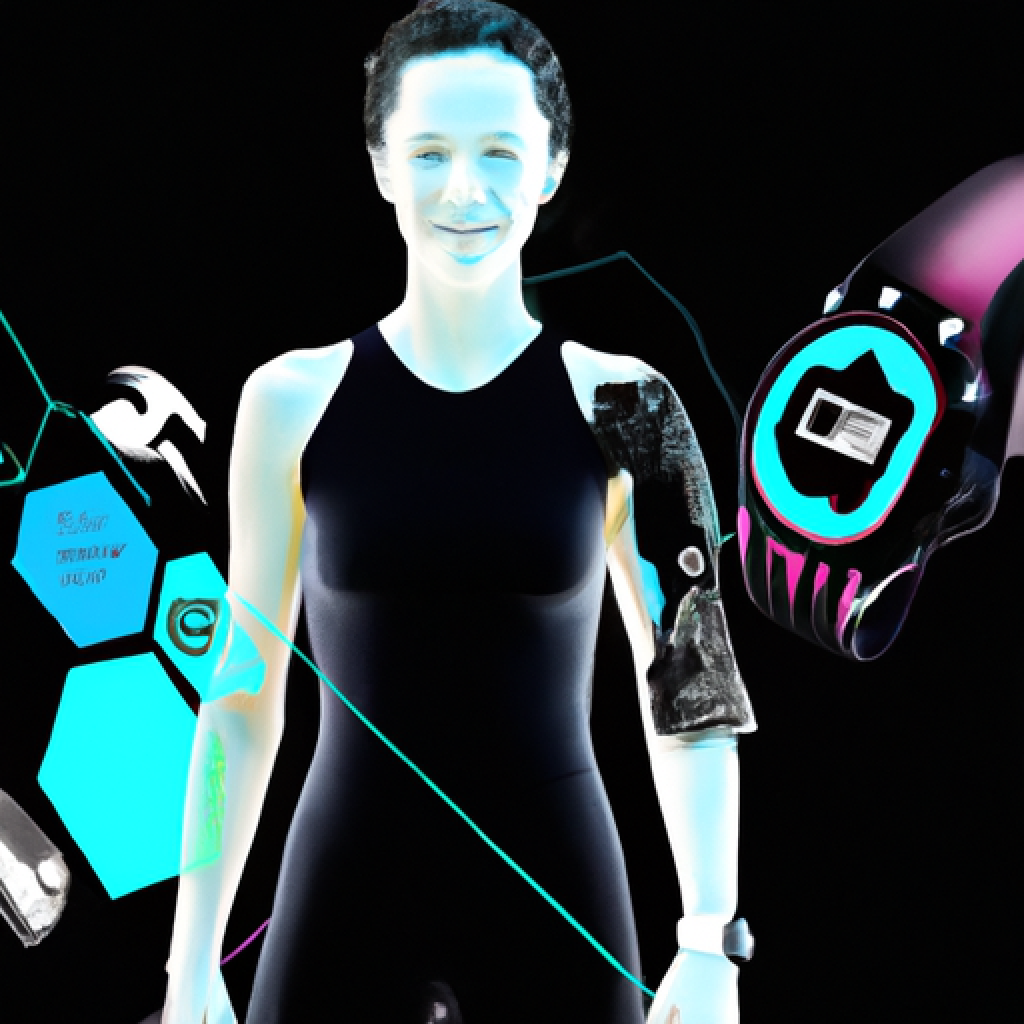What Is The Next Big Wearable Technology?
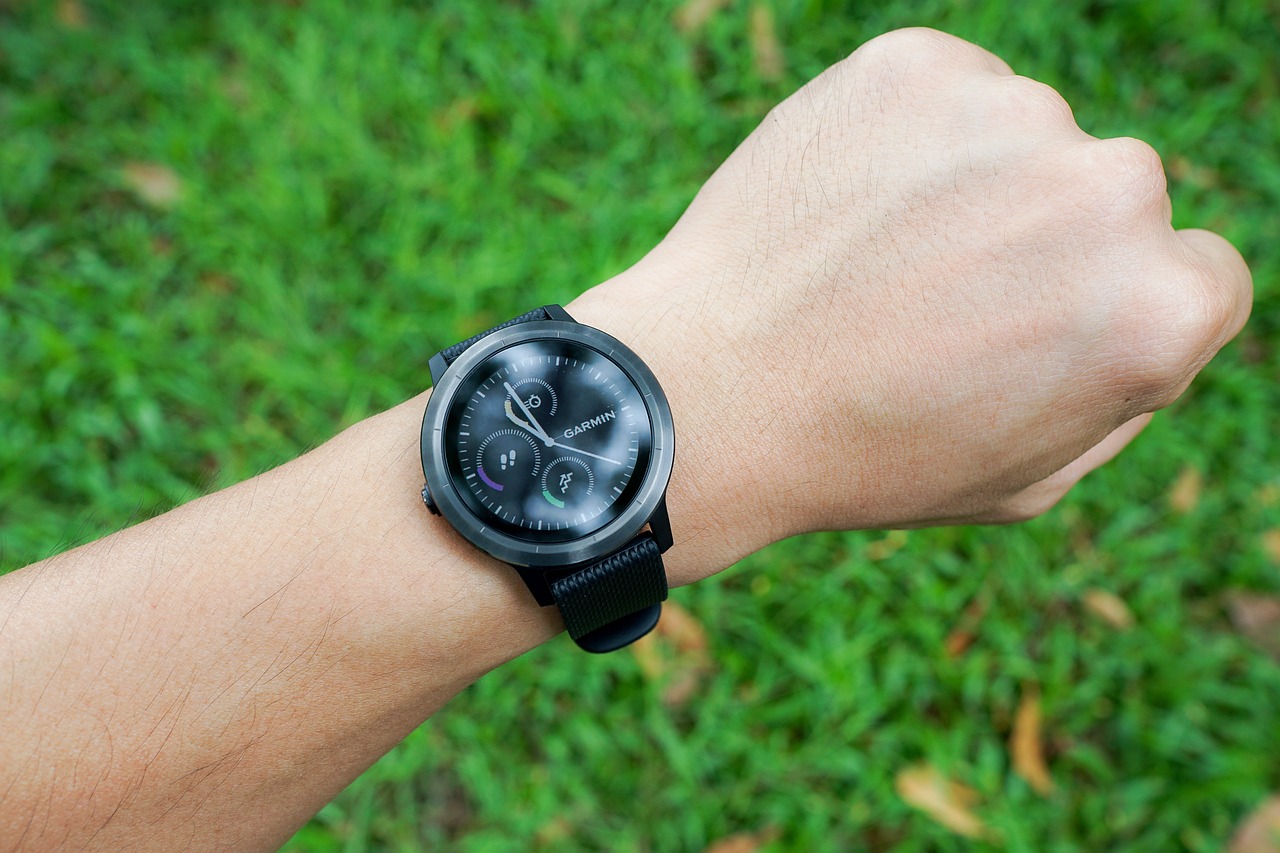
So, you’re curious about the next big thing in wearable technology. Trust me, you’re not alone. In a world that thrives on constant innovations and advancements, it seems like there’s always something new just around the corner. From smartwatches to fitness trackers, we’ve seen our fair share of wearable devices. But what comes next? I’m here to give you a sneak peek into the future of wearable technology and what exciting possibilities lie ahead. Get ready to dive into a world where technology goes beyond our smartphones and seamlessly integrates with our daily lives.
The Rise of Wearable Technology
In recent years, wearable technology has become increasingly popular and has revolutionized the way we live and interact with technology. From fitness trackers to smartwatches, these devices have seamlessly integrated into our daily lives, providing us with valuable information and enhancing our overall experience. But what exactly is wearable technology and how did it become so prevalent? Let’s delve into its definition, historical progress, and the current state of the wearable technology market.
Definition of wearable technology
Wearable technology, also known as wearables, refers to electronic devices that are worn on the body, often resembling clothing or fashion accessories. These devices are equipped with various sensors, processors, and wireless connectivity, allowing them to track and monitor a wide range of data, from health and fitness metrics to communication and navigation tools.
The key characteristic of wearable technology is its proximity to the body, providing a more personalized and immersive experience for the user. Unlike traditional gadgets such as smartphones or laptops, wearables are designed to be seamlessly integrated into our everyday lives, making them more convenient and accessible.
Historical progress of wearable technology
The concept of wearable technology dates back several decades. In the 1960s, devices such as the calculator watch and hearing aids demonstrated the early potential of wearable tech. However, it wasn’t until the early 21st century that the wearable market began to gain traction.
The launch of the first fitness tracker, the Fitbit, in 2009 marked a significant milestone in the history of wearable technology. This device, capable of monitoring steps, distance, and calories burned, sparked the public’s interest and set the stage for the growing popularity of wearables. Subsequently, smartwatches like the Apple Watch and Samsung Gear emerged, offering even more functionality and connectivity.
Current state of wearable technology market
Today, the wearable technology market is experiencing exponential growth and shows no signs of slowing down. According to Statista, the global wearable market is projected to reach a value of $64 billion by 2025. This surge in demand can be attributed to various factors, including technological innovations, increased health consciousness, and the growing popularity of smart home devices.
Wearable tech is no longer limited to fitness trackers and smartwatches. It has expanded into various industries, including healthcare, fashion, and entertainment. From smart rings that track sleep patterns to augmented reality glasses, wearables are becoming more diverse and sophisticated, catering to the unique needs and preferences of individuals across different sectors.
Technological Innovations Driving the Wearable Market
The rapid evolution of wearable technology can be largely attributed to the advancements in several key areas. These innovations have not only improved the overall performance and functionality of wearables but have also opened up new possibilities in terms of data analysis, artificial intelligence, and integration with the Internet of Things (IoT). Let’s explore these technological breakthroughs in greater detail.
Improved battery technologies
One of the primary challenges faced by wearable devices was limited battery life. Early iterations of wearables often required frequent charging, which proved to be a hassle for users. However, recent advancements in battery technologies have greatly extended the battery life of wearables, ensuring longer usage between charges.
Lithium-ion batteries, commonly used in smartphones and laptops, have become more efficient and compact, enabling wearables to run for extended periods without requiring a recharge. Additionally, innovative energy-harvesting techniques, such as solar power and kinetic energy, are being explored to further enhance the longevity of wearable devices.
Advancements in data analysis and AI
Wearable devices generate an enormous amount of data, ranging from heart rate and sleep patterns to exercise routines and daily activity levels. This wealth of information has the potential to revolutionize how we manage our health, make informed decisions, and improve overall well-being.
To make sense of this data, advancements in data analytics and artificial intelligence (AI) have played a crucial role. Machine learning algorithms can process and analyze vast amounts of data, providing valuable insights and personalized recommendations for users. This enables wearables to deliver more accurate and actionable information, enhancing the user’s experience and facilitating proactive health monitoring.
Integration with IoT
The Internet of Things (IoT) has emerged as a transformative technology, connecting devices and enabling seamless communication and data exchange. Wearables have capitalized on this connectivity, becoming an integral part of the IoT ecosystem.
By integrating with other smart devices, wearables can provide a holistic view of an individual’s health and lifestyle. For example, a smartwatch can sync with a smart home system to adjust the lighting and temperature based on the user’s preferences or health conditions. This integration not only enhances the user experience but also opens up a multitude of possibilities, such as remote monitoring and preventive care.
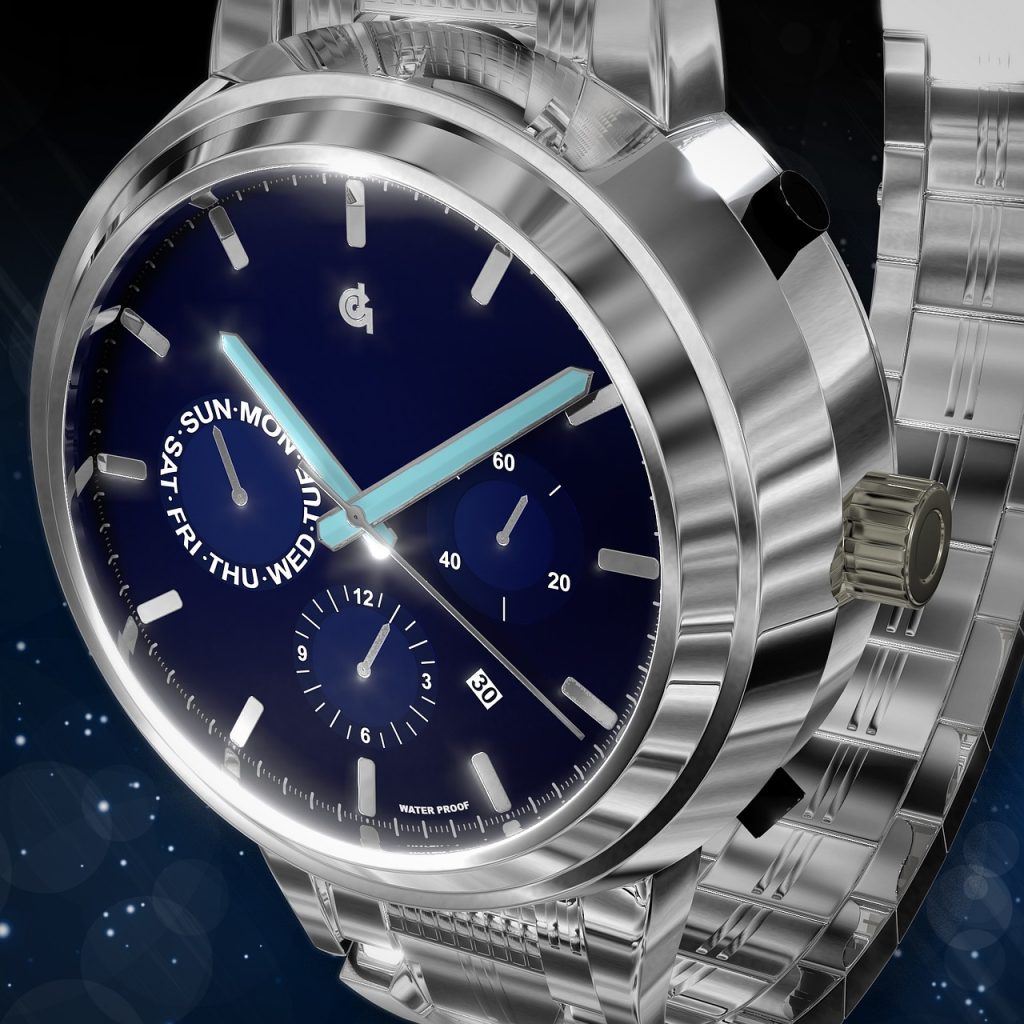
Health and Fitness Trackers
Health and fitness trackers have been at the forefront of the wearable technology market, appealing to health-conscious individuals and fitness enthusiasts alike. These devices offer real-time tracking of various health metrics, providing users with valuable insights to better understand their bodies and make informed decisions regarding their well-being. Let’s explore the latest advancements in health and fitness trackers and the potential future developments in this field.
Latest advancements in health & fitness trackers
Health and fitness trackers have evolved significantly in recent years, incorporating advanced sensors and intelligent algorithms to track and monitor various aspects of our health. Today’s trackers can measure heart rate, blood pressure, sleep quality, calorie consumption, and even stress levels.
Many fitness trackers also offer built-in GPS functionality, allowing users to accurately track their running or cycling routes. Additionally, these devices often come with companion mobile apps that provide users with detailed analytics and personalized recommendations to help them achieve their fitness goals.
Potential future developments in health & fitness trackers
As technology continues to advance, the future of health and fitness trackers holds great promise. One area of focus is the integration of more advanced biometric sensors that can measure additional health markers, such as blood glucose levels or oxygen saturation. This could be particularly beneficial for individuals with chronic conditions or those seeking to optimize their performance.
Another potential development is the incorporation of artificial intelligence (AI) and machine learning algorithms into health and fitness trackers. These AI-powered trackers could learn from user patterns and provide personalized fitness plans tailored to each individual’s unique needs. Additionally, they could offer real-time feedback and adapt the training intensity based on the user’s performance and goals.
Smartwatches and Beyond
Smartwatches have become ubiquitous in recent years, revolutionizing the way we interact with technology on our wrists. Initially introduced as extensions of smartphones, smartwatches have evolved into standalone devices with a wide range of functionalities. Let’s explore the evolution of smartwatches, emerging trends in smart wearable devices, and the predicted future advancements for this exciting technology.
Evolution of smartwatches
Smartwatches have come a long way since their inception. The early models primarily focused on providing notifications and basic fitness tracking features. However, with each new generation, smartwatches have become increasingly sophisticated and feature-rich.
Today’s smartwatches offer a myriad of functionalities, including fitness tracking, GPS navigation, music playback, mobile payment capabilities, and even voice assistants. With responsive touchscreen displays and intuitive user interfaces, smartwatches offer a seamless and convenient user experience, bridging the gap between our digital and physical worlds.
Emerging trends in smart wearable devices
Beyond the traditional smartwatch, there is a growing trend of smart wearable devices that cater to specific needs and preferences. For example, smart rings have gained popularity as discreet devices that can track fitness metrics, receive notifications, and even act as a contactless payment method.
Another emerging trend is the integration of smart technology into traditional fashion accessories, such as smart belts or smart jewelry. These fashion-forward wearables combine style with functionality, allowing users to stay connected and track their health without sacrificing personal style.
Predicted future advancements for smartwatches
The future of smartwatches holds immense potential for innovation and further integration into our daily lives. From a technological standpoint, advancements in display technologies, such as flexible or transparent screens, could revolutionize the form factor and design possibilities of smartwatches.
Moreover, the growing popularity of smart home devices and the Internet of Things (IoT) presents opportunities for smartwatches to serve as a central hub for controlling and monitoring various connected devices in our homes. With voice assistants, cellular connectivity, and advanced sensor capabilities, future smartwatches may become even more versatile and indispensable in managing our digital lives.
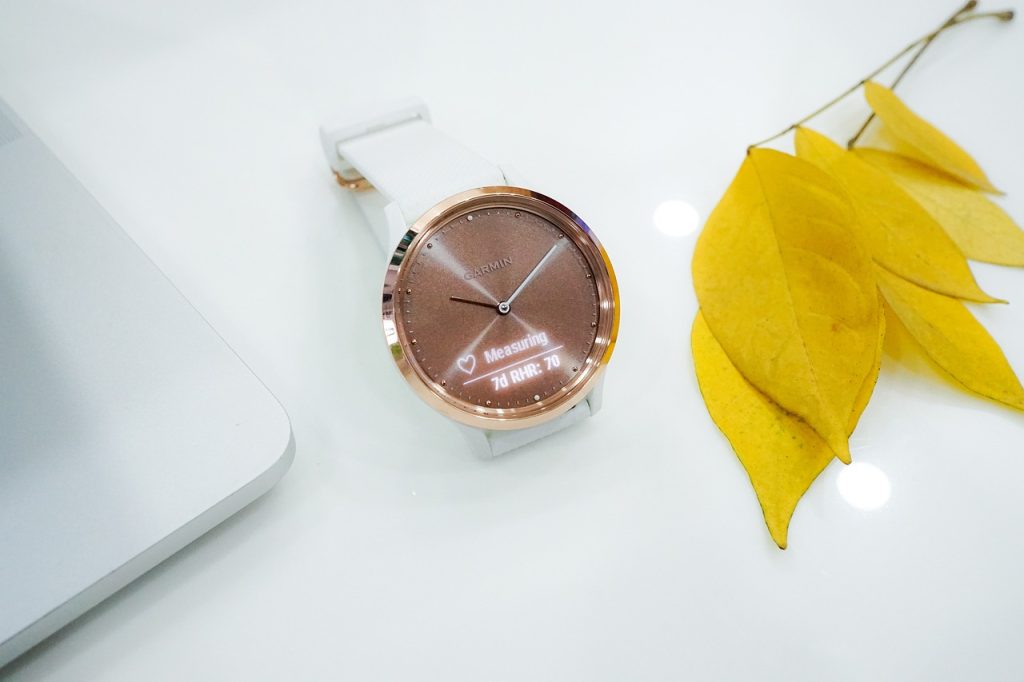
Wearable Tech in Healthcare
One of the most significant areas of application for wearable technology is healthcare. Wearable devices have the potential to greatly impact patient care, remote monitoring, and preventive medicine. Let’s explore the current usage of wearable tech in healthcare, the future of wearable tech in telemedicine and remote patient monitoring, and the challenges and opportunities in this field.
Current usage of wearable tech in healthcare
Wearable devices have already found their way into healthcare settings, providing valuable real-time data and continuous monitoring for patients and healthcare professionals alike. These devices can track vital signs, such as heart rate, blood pressure, and oxygen saturation, allowing for early detection of potential health issues and prompt interventions.
In addition to individual health monitoring, wearables can also be integrated into telemedicine platforms, enabling remote consultations and diagnostics. Patients can transmit their health data to healthcare providers, who can then provide timely advice or adjustments to treatment plans, regardless of the patient’s physical location.
Future of wearable tech in telemedicine and remote patient monitoring
The future of wearable tech in healthcare is highly promising, particularly in the areas of telemedicine and remote patient monitoring. Wearable devices equipped with advanced sensors can continuously collect and transmit vital health data to healthcare professionals, enabling early detection of anomalies and proactive intervention.
In remote patient monitoring, wearables can provide a cost-effective solution by reducing the need for frequent hospital visits and offering more personalized care. Patients can have their health monitored in the comfort of their own homes, while healthcare providers can have a comprehensive view of their patients’ health and intervene when necessary.
Challenges and opportunities in healthcare wearable tech
While wearable tech holds immense potential in healthcare, several challenges must be addressed to ensure its seamless integration and widespread adoption. One of the primary concerns is data privacy and security. As wearables collect sensitive health information, it is crucial to establish robust security protocols to protect patient data and comply with privacy regulations.
Another challenge lies in achieving accurate and reliable data collection. Wearables must be validated and calibrated to ensure the accuracy of the measurements they provide. Furthermore, ensuring interoperability between different wearable devices and healthcare systems is essential to allow seamless data exchange and integration into existing workflows.
Despite these challenges, the opportunities for wearable tech in healthcare are vast. The potential to improve patient outcomes, reduce healthcare costs, and empower individuals to take control of their health makes wearable tech a game-changing solution in the healthcare industry.
Fashion-forward Wearable Technology
In recent years, wearable technology has expanded beyond its traditional focus on functionality and performance, venturing into the realm of fashion. Fashion-forward wearables aim to seamlessly integrate technology into clothing and accessories, catering to both style-conscious individuals and tech enthusiasts. Let’s explore the integration of tech in fashion, potential future trends, and the challenges faced by fashion tech.
Integrated tech in clothing and accessories
Fashion tech represents the intersection of fashion and technology, where aesthetics meet advanced functionality. This integration of tech in clothing and accessories has resulted in innovative products that enhance both style and convenience.
Smart garments embedded with sensors can monitor vital signs, posture, and even detect falls in the elderly. Additionally, accessories such as smart jewelry or smart handbags can provide notifications, track fitness metrics, and even act as personal safety devices.
By seamlessly integrating technology into everyday fashion items, wearables become more accessible and appealing to a broader audience, bridging the gap between fashion and technology.
Potential future trends in fashion tech
The future of fashion tech holds tremendous potential for innovation and creativity. As technology becomes more miniaturized and flexible, we can expect to see even more integration of tech into clothing, such as conductive fibers for touch-sensitive fabrics or light-emitting fabrics for customizable designs.
Another potential trend is the incorporation of sustainability and eco-consciousness into fashion tech. We may see more wearables made from recycled materials or integrated renewable energy sources, allowing users to harness energy while reducing their environmental footprint.
Challenges faced by fashion tech
While fashion tech presents exciting possibilities, it also faces several challenges in terms of design, functionality, and social acceptance. The seamless integration of technology into fashion items requires careful consideration of aesthetics and user experience. Wearable technology should enhance, rather than detract from, the style and comfort of the garments or accessories.
Another challenge lies in the long-term durability and maintenance of fashion tech. Clothing and accessories are subject to wear and tear, and integrating delicate electronics into them may pose a challenge in terms of durability and repairability.
Furthermore, social acceptance and the perception of fashion tech as a viable trend are crucial factors that can influence its adoption. For fashion tech to become more mainstream, it needs to appeal to a wider audience and overcome the stigma associated with wearing technology.
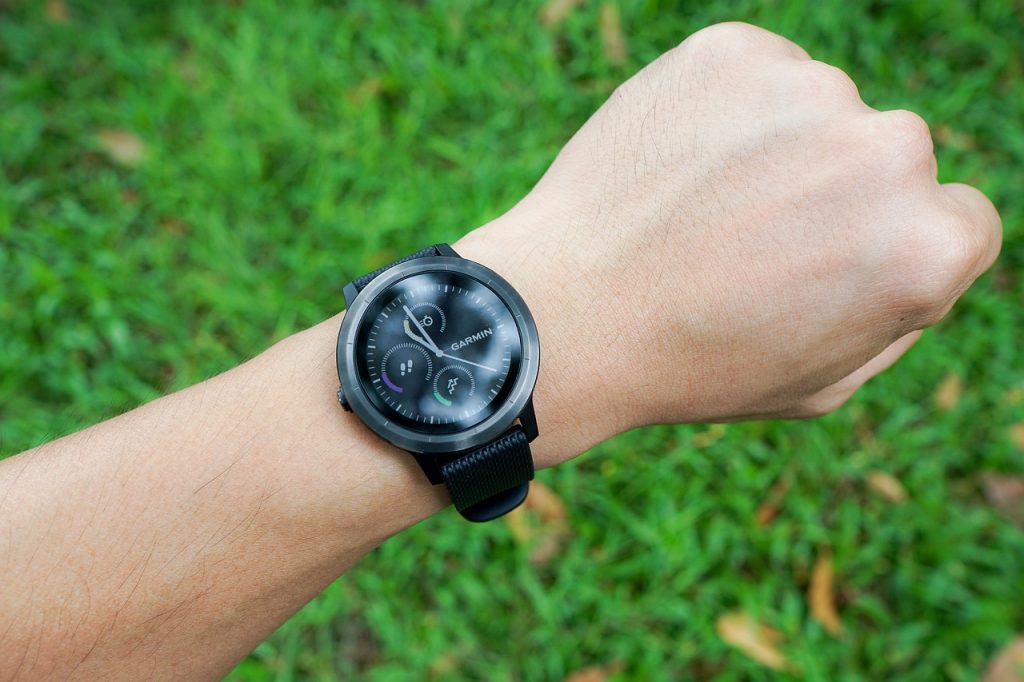
Wearable Augmented and Virtual Reality Devices
Augmented Reality (AR) and Virtual Reality (VR) have gained significant traction in recent years, offering immersive and interactive experiences. Wearable AR and VR devices allow users to engage with virtual content while being fully aware of their physical surroundings. Let’s explore the current state of AR and VR wearables, future possibilities, and challenges for widespread adoption.
Current state of AR and VR wearables
AR and VR wearables have made great strides in recent years, with devices such as the Oculus Rift, Microsoft HoloLens, and Google Glass capturing the public’s imagination. These devices utilize advanced optics, motion tracking sensors, and high-resolution displays to create realistic and interactive virtual worlds.
AR wearables, such as smart glasses, overlay digital information and virtual objects onto the real world, enhancing our perception and interaction with the environment. On the other hand, VR headsets immerse the user in a completely virtual environment, shutting out the physical world.
Future possibilities for wearable AR and VR tech
The future of wearable AR and VR technology is filled with exciting possibilities. As hardware continues to evolve and become more refined, we can expect more compact and user-friendly devices that seamlessly integrate into our daily lives.
One possibility is the integration of AR and VR into everyday eyewear or contact lenses, eliminating the need for bulky headsets. This would allow users to access virtual content seamlessly and effortlessly, making AR and VR experiences more accessible to a broader audience.
Additionally, advancements in haptic feedback technology could provide a more immersive sensory experience, allowing users to feel virtual textures and objects. By replicating the sense of touch, wearable AR and VR devices could revolutionize industries such as gaming, education, and training.
Challenges for widespread adoption of AR and VR wearables
Despite the immense potential of AR and VR wearables, several challenges must be overcome for widespread adoption. High costs and limited content availability are significant barriers that currently limit the accessibility and affordability of AR and VR devices.
Another challenge lies in user comfort and motion sickness. Extended use of VR headsets can cause discomfort and disorientation for some users, making it less appealing for long durations. Improvements in display technology and motion tracking algorithms can help mitigate these issues and enhance the overall user experience.
Lastly, societal and ethical considerations must be addressed. AR and VR wearables have the potential to blur the line between the real and virtual worlds, raising concerns about privacy, security, and addiction. Establishing ethical guidelines and regulations can ensure responsible and safe usage of AR and VR technology.
Implantable Wearable Tech
While most wearable technology is designed to be worn on the body, a new wave of wearable tech is taking integration to a whole new level—implantable wearable tech. These devices are implanted inside the body, offering unprecedented possibilities for health monitoring, biohacking, and even augmenting human capabilities. Let’s explore the definition and examples of implantable wearable tech, ethical considerations, and future directions for this fascinating field.
Definition and examples of implantable wearable tech
Implantable wearable tech refers to electronic devices that are surgically implanted inside the body or attached to organs or tissues. These devices are designed to interact with the body’s natural processes, collecting and transmitting data for various purposes.
Examples of implantable wearable tech include smart pacemakers, biochips for continuous glucose monitoring in diabetic patients, and neural implants for enhancing cognitive function or controlling prosthetic limbs. These devices can significantly improve the quality of life for individuals with specific medical conditions or performance-enhancing goals.
Ethical considerations
The emergence of implantable wearable tech raises several ethical considerations that must be carefully addressed. One of the primary concerns is the informed consent of individuals undergoing the implantation procedure. It is essential that patients fully understand the potential risks and benefits associated with these devices before making an informed decision.
Additionally, data privacy and security become even more critical when dealing with implantable tech. As these devices collect and transmit sensitive health information, it is crucial to establish robust security measures to protect patient data and prevent unauthorized access.
Furthermore, the ethical implications of enhancing human capabilities through implantable devices must be carefully evaluated. Questions of fairness, equality, and social implications arise when considering the potential divide between those who can afford and access these enhancements and those who cannot.
Future directions for implantable tech
The future of implantable wearable tech holds great promise, with ongoing research and advancements in various fields. Miniaturization and biocompatibility are areas of focus, aiming to develop smaller, less invasive devices that can seamlessly integrate into the body without causing discomfort or immune rejection.
Another potential direction is the integration of bioenergy harvesting mechanisms, allowing implantable devices to harness the body’s natural energy sources for power. This could reduce or eliminate the need for external power sources or periodic battery replacements.
Moreover, advancements in biofeedback systems and neuromodulation technologies could pave the way for personalized therapies and treatments. Implantable devices could dynamically adapt their functionality based on real-time physiological data, providing targeted interventions and improving patient outcomes.

Commercial Opportunities for Wearable Tech
Wearable technology has not only revolutionized our daily lives but has also opened up significant commercial opportunities across various industries. From healthcare and fitness to entertainment and fashion, the wearable tech market offers diverse applications and revenue streams. Let’s explore the existing commercial applications of wearable tech, potential new markets, and the factors influencing commercial success.
Existing commercial applications of wearable tech
The commercial applications of wearable tech are already widespread, permeating numerous industries and catering to various consumer needs. In healthcare, wearables are used for remote patient monitoring, early detection of health issues, and improving overall patient outcomes.
In the fitness industry, wearables have become indispensable tools for tracking and monitoring exercise routines, providing real-time feedback, and motivating individuals to reach their fitness goals.
Entertainment and gaming have also embraced wearable technology, with VR headsets and motion-tracking devices providing immersive and interactive experiences. Additionally, fashion tech has gained momentum, offering stylish and functional wearables for fashion-conscious consumers.
Potential new markets for wearable tech
As wearable technology continues to evolve, several untapped markets offer tremendous potential for growth and innovation. One such area is workplace safety and productivity. Wearables can provide real-time monitoring of employees’ physical well-being, alerting them to potential hazards or excessive fatigue. This can lead to improved safety outcomes and increased productivity.
Another potential market is education and training. Wearables can provide personalized and interactive learning experiences, allowing students to engage with virtual content and acquire new skills in a more immersive and comprehensive manner.
Furthermore, the automotive industry presents opportunities for wearables, particularly in the realm of driver safety. Wearables can monitor driver fatigue, heart rate, and stress levels, alerting drivers when they need to take breaks or adjust their driving behavior. This can significantly enhance road safety and reduce the risk of accidents caused by driver error.
Factors influencing commercial success of wearable tech
Several factors play a crucial role in determining the commercial success of wearable tech. User experience and ease of integration are paramount. Wearable devices must seamlessly integrate into the user’s daily routine, offering convenience and value without adding unnecessary friction.
Furthermore, pricing and affordability are critical considerations. While wearable tech has become more accessible and affordable in recent years, ensuring a wide range of price points can attract a broader audience and drive mass adoption.
Data privacy and security are also major factors that can influence consumer confidence and adoption. Users must have trust in the protection of their personal and health data, and wearable tech manufacturers must establish robust security measures and comply with privacy regulations.
Lastly, collaboration and partnerships across industries are important for the continued growth of the wearable technology market. By combining expertise and resources, companies can leverage their strengths and develop innovative solutions that cater to specific market needs, ensuring commercial success and technological advancements.
Challenges and Future Directions for the Wearable Tech Industry
While wearable technology has experienced significant growth and technological advancements, several challenges persist. Addressing these challenges and charting future directions are crucial for the sustainable growth of the wearable tech industry. Let’s explore some of the key challenges and potential future directions for wearable tech.
Ensuring user data privacy and security
One of the most critical challenges faced by the wearable tech industry is ensuring robust user data privacy and security. As wearables collect and transmit sensitive personal and health information, it is imperative to implement stringent security measures to protect this data from unauthorized access or breaches.
Manufacturers must adopt industry best practices, including encryption, anonymization, and secure data storage, to safeguard user information. Additionally, compliance with privacy regulations, such as GDPR and HIPAA, is essential to build trust with consumers and ensure legal and ethical usage of their data.
Improving user interface
While wearable devices have made significant advancements in terms of features and functionality, user interface design remains an important consideration. Wearables must provide intuitive and seamless user experiences, taking into account the limited screen real estate and user interactions.
Improving the user interface involves enhancing touchscreens, voice recognition, and gesture controls to ensure ease of use and accuracy. Integrating haptic feedback, augmented reality, and natural language processing can also enhance the user experience and make wearables more intuitive and user-friendly.
Addressing the digital divide
As wearable technology becomes more prevalent, it is crucial to address the digital divide to ensure equitable access and benefit for all individuals. Accessibility, affordability, and inclusivity must be prioritized to prevent exacerbating existing social and economic disparities.
Efforts should be made to bridge the digital divide by offering a range of wearable devices at different price points and ensuring compatibility with various platforms and operating systems. Moreover, education and training programs can play a vital role in fostering digital literacy and empowering individuals to leverage the benefits of wearable technology.
By addressing these challenges and focusing on user-centric design and ethical practices, the wearable tech industry can continue to thrive and bring about transformative changes in how we interact with technology and improve our lives.
In conclusion, wearable technology has emerged as a prominent and transformative force in our lives, enhancing our daily experiences and revolutionizing various industries. From health and fitness trackers to smartwatches, fashion tech, and implantable devices, wearables continue to evolve and innovate, driven by advancements in battery technologies, data analysis, and AI.
The future of wearables holds immense promise, with emerging trends such as AR and VR, and the integration with IoT opening up new possibilities. Challenges such as data privacy, user interface design, and the digital divide must be addressed to ensure the industry’s continued growth and success.
As wearable technology becomes increasingly integrated into our lives, it is crucial to embrace the opportunities and address the challenges, making wearables more accessible, functional, and ethical. With the right approach, the future of wearable technology holds tremendous potential to empower individuals, enhance well-being, and reshape industries for the better.
